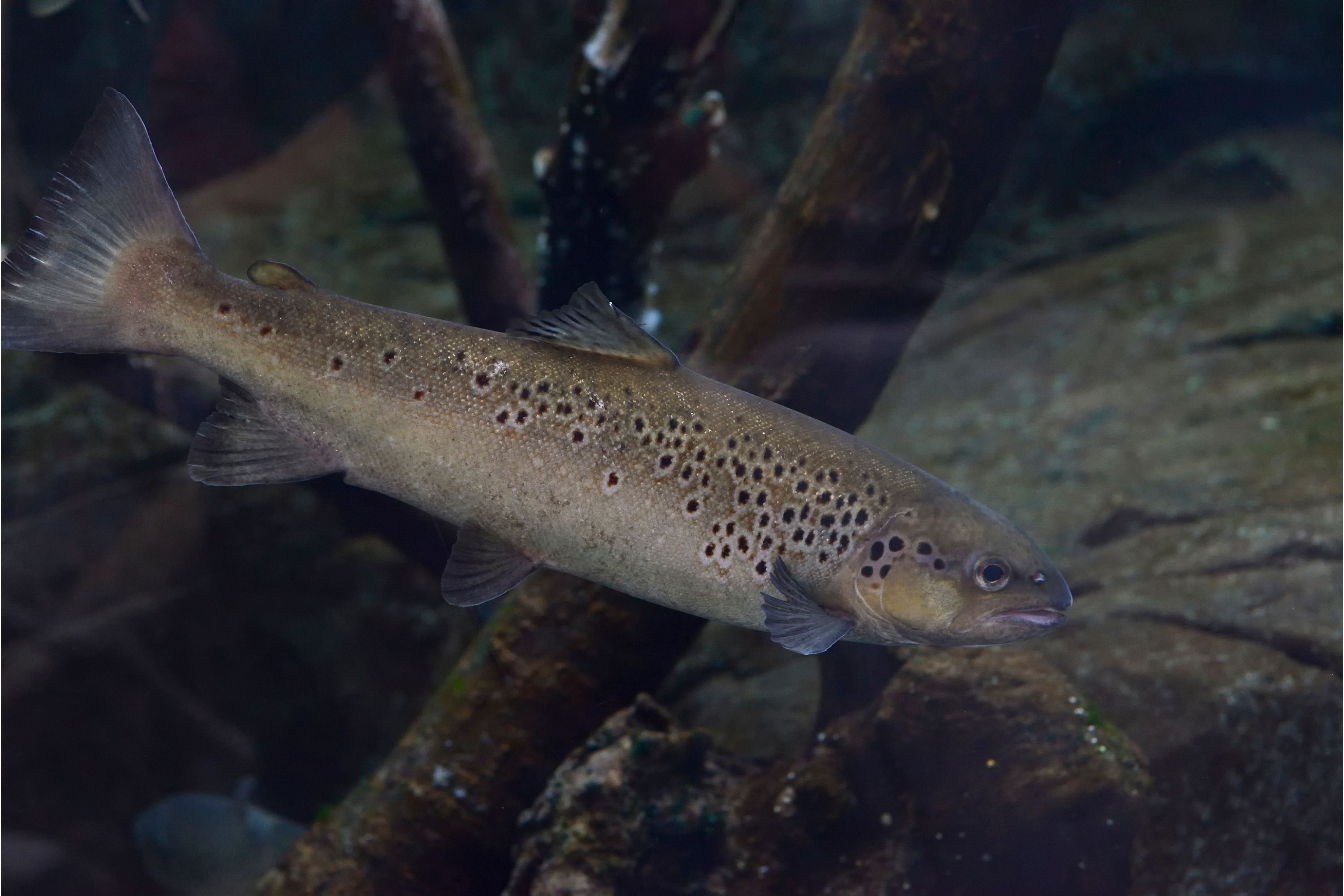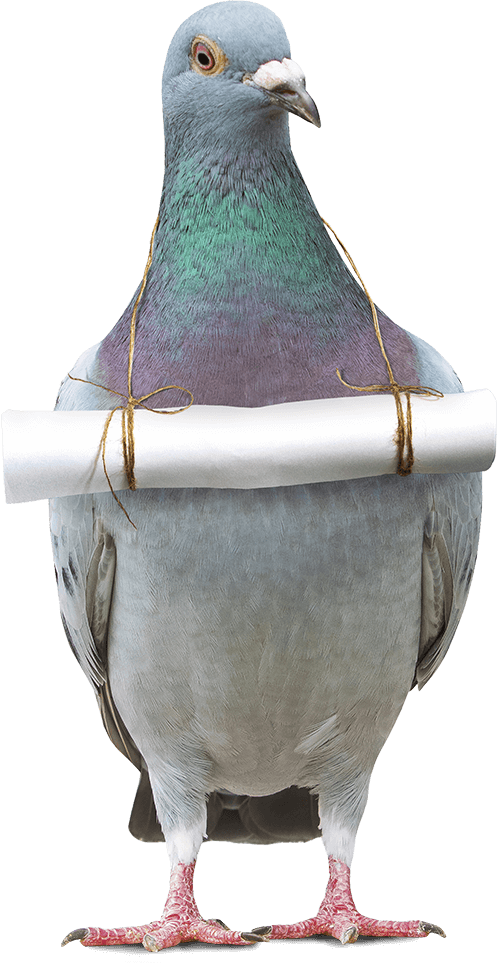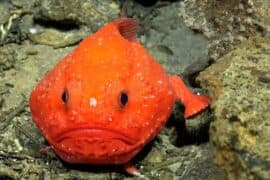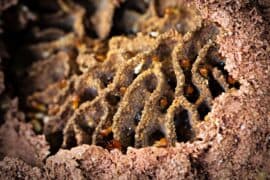Small-spotted catshark
(Scyliorhinus canicula)

Description
The small-spotted catshark (Scyliorhinus canicula), also known as the sandy dogfish, lesser-spotted dogfish, rough-hound or morgay (in Scotland and Cornwall), is a catshark of the family Scyliorhinidae. It is found on the continental shelves and the uppermost continental slopes off the coasts of Norway and the British Isles south to Senegal and in the Mediterranean, between latitudes 63° N and 12° N. It can grow up to a length of 1 m (3 ft 3 in), and it can weigh more than 2 kg (4.4 lb). It is found primarily over sandy, gravelly, or muddy bottoms from depths of a few metres down to 400 m. S. canicula is one of the most abundant elasmobranchs in the northeast Atlantic and Mediterranean Sea. The majority of the populations are stable in most areas. S. canicula are small, shallow-water sharks with a slender body and a blunt head. The two dorsal fins are located towards the tail end of the body. The texture of their skin is rough, similar to the coarseness of sandpaper. The nostrils are located on the underside of the snout and are connected to the mouth by a curved groove. The upper side of the body is greyish brown with dark brown spots. The underside is a light greyish white. The teeth of S. canicula are larger in males than in females; in addition, male S. canicula from West African waters have stronger, larger, and more calcinated jaws. The differences in mouth dimensions and tooth length between males and females, and between immature and adult males, could be due to different feeding habits or adaptations for reproductive behaviour. S. canicula is oviparous. They deposit egg cases protected by a horny capsule with long tendrils. Egg cases are mostly deposited on macroalgae in shallow coastal waters. When the egg cases are deposited farther from shore, they are placed on sessile erect invertebrates. Egg cases usually measure 4 cm by 2 cm, without ever exceeding 6 cm. These egg cases can be found around the coasts of Europe. The embryos develop for 5-11 months depending on the sea temperature, and the young are born with a measurement of 9–10 cm. Spawning can take place almost year round. However, there can be seasonal patterns in spawning activity as well. For example, S. canicula females located off the Mediterranean coast of France lay their eggs from March to June and in December.
Taxonomic tree:







